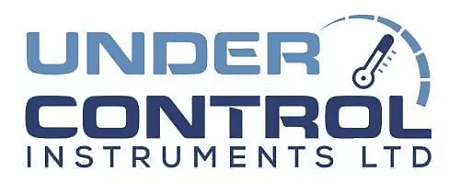Heating elements are an excellent option to save energy, increase efficiency, and reduce consumption for a range of industrial applications. In this article, we will cover the different types of industrial heating elements and how they can help you cut down on your business’ energy bill.
Cartridge Heaters
Cartridge heaters are used in press moulding and heated sealing jaws applications (to name a few) to enable plastic moulding and packaging sealing. They are typically used for heating because they allow for rapid heating and control of tooling. Their ability to deliver precise temperatures makes them ideal for controlling the temperatures during the manufacturing processes.For example, if you have a packaging line that seals and cuts, using a cartridge heater can reduce your energy costs by helping you avoid overheating or under heating the product. Cartridge heaters also provide more control over how quickly production lines can be reloaded because they enable quick temperature ramp up and control times reducing startup and shut-down procedures.
Strip Heaters and Finned Heaters
Strip heaters are used for many and found in many industrial installations. Finned Strip heaters are also used to preheat air before it enters the combustion chamber of a furnace or process heater.Strip heaters and Finned Strip heaters are made from heavy-gauge steel. The design of which withstands high temperatures without warping or deforming over time.
The most common types of strip heaters have terminals at one end. However, we can also make them with terminals and both ends. Strip heaters and finned strip heaters are generally suitable for higher temperatures over other normal type elements. This is because of their ceramic internal structure that allows for temperatures up to 700 deg C.
Drum Heater/IBC Heaters
Drum heaters are used for heating liquids, such as water, oil and other viscous liquids. They can be used in industrial and commercial applications to heat liquids up to 150 °C. Drum heaters are typically used in the food, pharmaceutical and chemical industries. They can be found warming products during the pre-production phase.Ceramic Heating Elements
As the name suggests, Ceramic heating elements are made of ceramic materials. They are used in a variety of industries to heat solid product or drying applications. They can be used in the food, thermoforming, vacuum forming, chemical, and pharmaceutical industries. Ceramic heating elements operate at high temperatures with excellent radiant conductivity. Therefore, it makes them a good choice for these applications.Quartz Heating Elements
Quartz heating elements are used in countless industrial heating applications, including:- Heating elements for ovens and furnaces. Quartz heating elements are widely used because of their ability to withstand high temperatures without degrading. Additionally, they have a faster heat up time compared to ceramic heating elements which means a reduction in down times.
- Quartz heating elements give out medium wave infrared heating so they are offer the best of both options between far wave and shortwave infrared options. This feature means that in many applications, quartz heating elements can be used for the majority of the applications, consequently reducing the need for several process lines.
Industrial heating elements can save up to 35% of energy and reduce consumption.
Industrial heating elements are used in industrial applications to provide heat. They work by using electricity to generate heat in the form of infrared radiation, conduction or convection.They use a standard electrical current and convert it into heat, which is then used for different purposes. Their efficiency depends on their design and how they are installed; however, depending on their configuration, industrial heating elements can save up to 35% of energy and reduce consumption.

